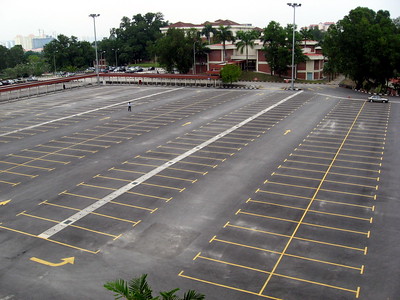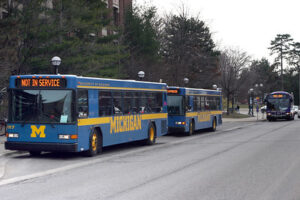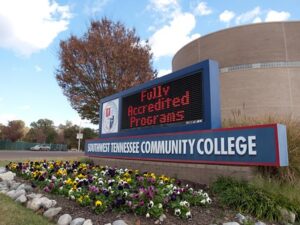Bridge Michigan published an interesting piece on the declining enrollment in Michigan’s colleges and universities. According to the article, enrollment declines at Michigan’s colleges and universities were steeper than the national average from 2019 to 2023.
I believe the authors chose 2019 to compare pre- and post-pandemic enrollment data. That’s too simplistic, however. Enrollment has been in decline at Michigan’s higher education institutions for nearly two decades. For example, Eastern Michigan University, Lake Superior State University, Wayne State University, and Western Michigan University all hit their peak enrollment in 2006. Similarly, Northern Michigan University, Saginaw Valley State University, and Central Michigan University recorded their peak enrollment in 2010.
When you look at a larger enrollment data set, you can see that while the COVID-19 pandemic certainly didn’t help the enrollment situation, it neither triggered it nor made it substantially worse. (Michigan Tech and Michigan hit peak enrollment during the pandemic.) The table below uses enrollment data from 2006-2021, and shows the year in which each four-year school saw its peak enrollment.
| Institution | Year | Peak Enrollment |
|---|---|---|
| LSSU | 2006 | 3,387 |
| EMU | 2006 | 28,964 |
| WMU | 2006 | 30,222 |
| WSU | 2006 | 38,612 |
| CMU | 2010 | 25,528 |
| SVSU | 2010 | 13,001 |
| NMU | 2010 | 11,514 |
| Ferris State U. | 2014 | 17,496 |
| UM-F | 2015 | 10,210 |
| Oakland U. | 2016 | 23,856 |
| MSU | 2016 | 55,896 |
| GVSU | 2017 | 28,875 |
| UM-D | 2019 | 10906 |
| Michigan Tech | 2020 | 7,786 |
| UM | 2021 | 50,002 |
| Total Enrollment Capacity | 356,255 |
Declining enrollment reduces economic possibilities
How big is the problem of declining enrollment in higher education in Michigan? You can assume that universities don’t admit more students than their campuses can support. Based on their past admission data, you can also say that each university’s peak enrollment represents its maximum capacity. In that case, Michigan’s four-year universities have a maximum capacity of 356,255 students. In 2021, Michigan’s public universities reported a total enrollment of 295,875. That’s excess capacity of 60,380. Put another way, that’s approximately the entire enrollments of Michigan State University and Michigan Tech combined.
Why does this matter? Under-enrollment means that there are fewer highly educated workers available to take complex jobs in a wide range of fields. The educational landscape of a state plays a major role in a company’s decision to locate facilities there. It also makes it more difficult for graduates to remain here, and graduates from other states to relocate here. There’s also a significant inefficiency in providing a college education to a person who subsequently leaves for greener pastures. So, when Michigan’s four-year institutions operate at only 83% of their maximum capacity, that’s a problem.
Tomorrow, I will look at the data for community colleges, where the problem of declining enrollment is even larger.
Photo Credit: CLF , via Flickr




















